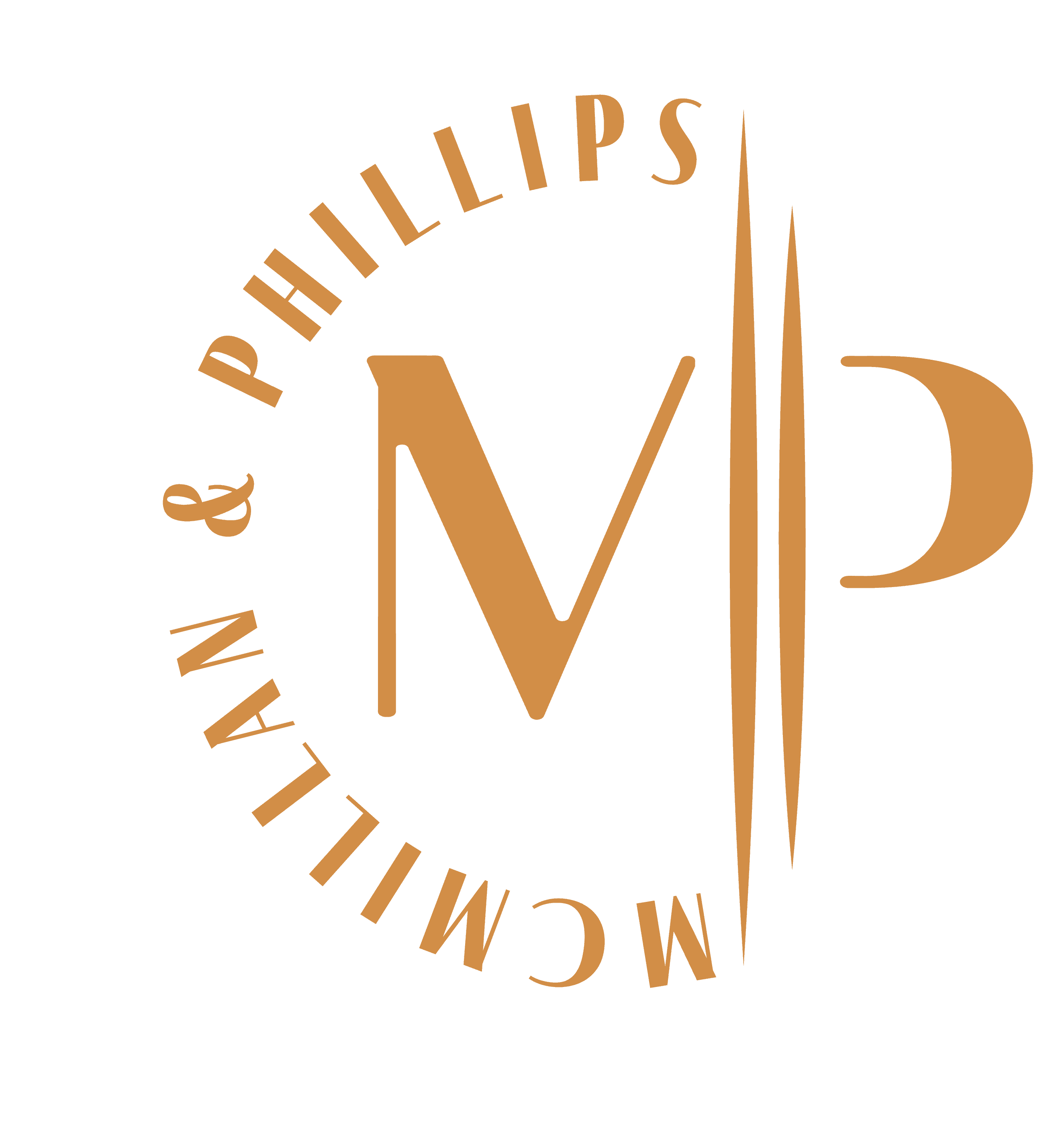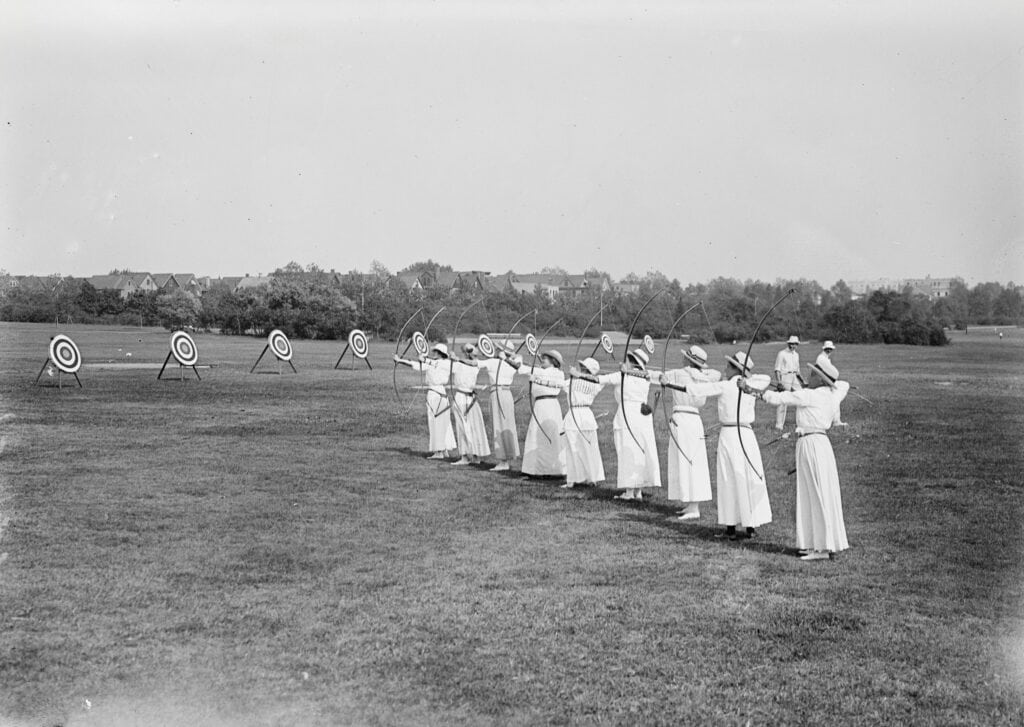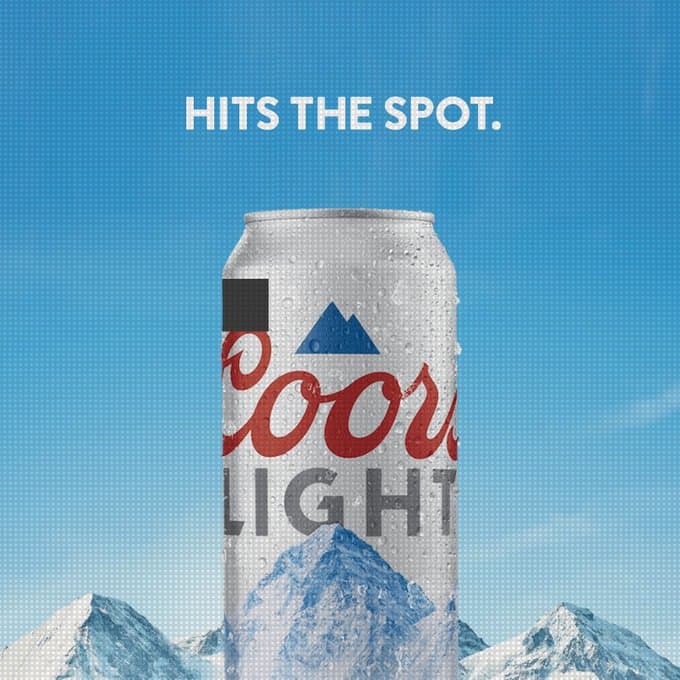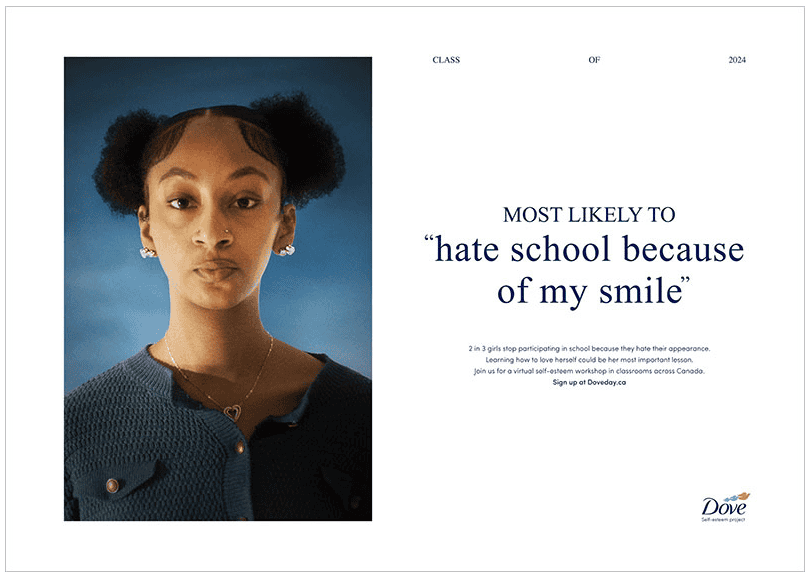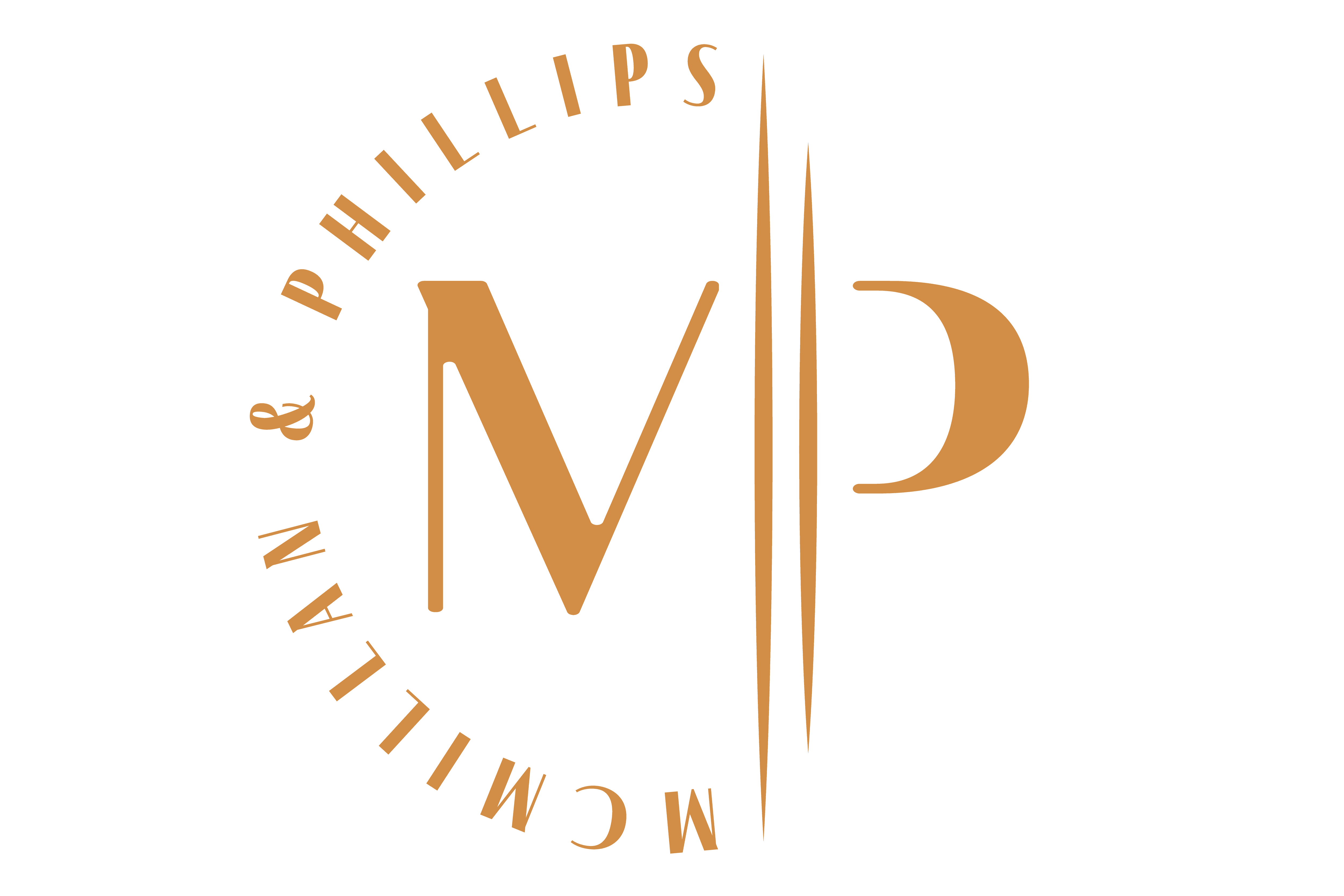Paid search and paid social are two titans in our online advertising world. They’re like two heavyweight boxers, each in their respective corners, profusely sweating, eyeing their opponent up and down as they vie for the spotlight. Or that’s at least how the relationship between these two is perceived.
The truth is, they’re actually not rivals. They’re a dynamic marketing duo, each with their own strengths and weaknesses. When played right, paid search and paid social complement each other in ways you wouldn’t believe.
Think about it like this. You run a smokehouse restaurant (like our client in Seattle, Lady Jaye). Paid search is like your storefront, located on a busy street corner, strategically placed to catch the eye of hungry people actively searching for a place to eat. They know what they want and your storefront entices them with the aroma of brisket and pulled pork. Paid social is like throwing a block party and inviting the whole neighborhood. You’ll attract people with all sorts of interests, some of whom might not even realize they’re in the mood for a ribeye. They’re drawn by the live music, the crowd of people, the FOMO. Whatever the case, you’ve now got their attention.
The point of this savory analogy is simple—paid search equals user intent, and paid social equals brand awareness and engagement.
Like we said before, there are advantages and disadvantages to both. Let’s get into it.

Understanding Paid Search
Paid search, also known as Pay-Per-Click (PPC), is a digital marketing tool that allows you to place targeted ads on search engine results pages. It’s like the fast lane for ranking. Imagine someone searching for “best winter hats” on Google. Paid search lets you place your ad for a specific clothing brand or store right at the top of the search results. This maximizes visibility for users with high purchase intent.
Advantages of Paid Search
Some key advantages of paid search include:
- Increased visibility as you jump the queue and appear at the top of the search engine results page for relevant searches.
- Targeted traffic to increase your reach to a very specific audience. This means that you’re more likely to reach people who are interested in what you have to offer, leading to higher quality traffic.
- Measurable results that allow you to track the performance of your ads. This data can be used to optimize your campaigns for better results.
- Faster results because you can start seeing traffic to your website as soon as your campaign is launched.
- Being cost-effective because you only pay when someone clicks on your ad.
Disadvantages of Paid Search
While these advantages are great, knowing the drawbacks of paid search is important to know. Potential disadvantages include:
- Cost. While it can be cost-effective, if you’re not careful about managing your bids, then this approach can be quite costly.
- Need to consistently manage because these campaigns require ongoing optimization and adjustments to get the most out of your investment.
- Competitive field, especially with popular keywords. This also contributes to a rising bidding cost.
- User perception, as some people are wary of sponsored ads and tend to skip over them because they know a company is paying to be in that spot.
Paid Search: Final Word
Paid search is a powerful tool to drive targeted traffic, generate leads, and boost sales. By understanding user intent and strategically selecting keywords, you can position your business in front of highly interested potential customers. While costs per click can get expensive, this approach delivers quicker results.
Understanding Paid Social
You’ve seen these ads before, typically with “sponsored” or “promoted” attached. Unlike organic social media posts that rely on algorithms to reach an audience, paid social involves paying a platform to display your content to your targeted audience.
Advantages of Paid Social
Paid social comes with its fair share of benefits, including:
- Brand awareness as you increase brand recognition and build a positive brand image.
- More engagement that encourages your target audience to interact and builds a deeper connection with them.
- Reach a larger audience with more diverse interests.
- Retargeting abilities which allow you to retarget users who have already interacted with your brand online, increasing the chance of conversion.
Disadvantages of Paid Social
Like all good things, paid social has some disadvantages to note, including:
- Lower conversion rates compared to paid search because users on social media are more often than not less likely to immediately convert.
- Less targeted reach. While you do cast a wider net, you may capture some irrelevant leads in doing so.
- Harder to measure results—like sales or conversions—when compared to paid search.
Paid Social: Final Word
Paid social excels at building brand awareness and fostering engagement with your target audience. By using captivating ad formats, in-depth audience targeting, and strategic retargeting strategies, you can nurture leads and build brand loyalty, paving the way for future conversions.

Paid Social vs. Paid Search: Choosing the Right Strategy for Your Business
While both paid search and paid social are great—and often necessary—options in the digital marketing arena, they cater to different stages of the customer journey.
Paid search kills it when targeting users actively searching for solutions with high purchase intent. Remember, this is like having that prime storefront location, attracting customers ready to buy your goods.
Paid social is awesome at brand awareness and engagement. This is your friendly neighborhood block party, attracting a broader audience and fostering relationships that can convert into loyal customers down the line.
To maximize your digital marketing impact, a strategic blend of both is recommended. You get the benefit of capturing high-intent leads with paid search and the ability to nurture brand loyalty through paid social.
Integrating Paid Search & Paid Social: A Case Study
We work with a company providing both internet and TV services called Lightcurve. We understand the importance of reaching new potential customers across various channels, so we leverage paid search advertising to target individuals actively searching for internet and TV providers in their area. These targeted ads generate a wave of initial interest, capturing potential customers at a crucial decision-making point.
Once they’ve interacted with Lightcurve’s website or shown initial interest, we then use Facebook Ads to re-engage them, showcasing Lightcurve’s unique selling points and reminding them of their interest. Our end goal is, of course, to make Lightcurve their internet and TV provider of choice.
If you’re interested in integrating paid search and paid social into your brand’s marketing initiatives, we’d love to chat. Schedule a call with us today and let’s get started.
